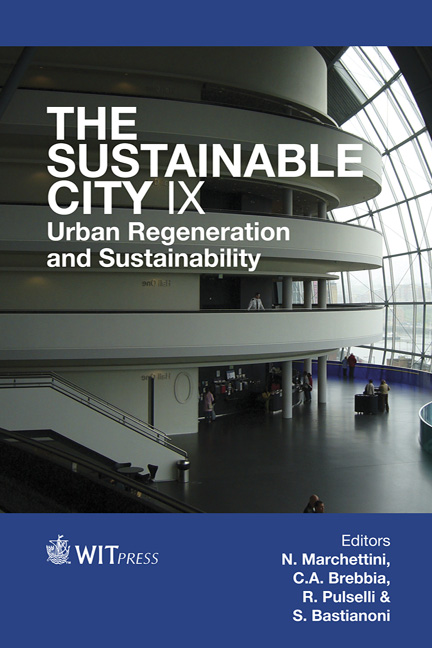What Kind Of An Urban Future Is There For The Alps?
Price
Free (open access)
Transaction
Volume
191
Pages
12
Page Range
39 - 50
Published
2014
Size
1,375 kb
Paper DOI
10.2495/SC140041
Copyright
WIT Press
Author(s)
C. Diamantini
Abstract
Faced with processes able to radically modify the evolutional conditions of the Alpine space, such as the rapid transformations induced by global change, the acceleration of a dominance–dependence relationship between the plains and the mountains and the decline in population in many mountainous areas, several authors have proposed an autonomous and self-centred development for the Alps, in which the essential focus lies on transforming a mountain into a city. A distinct city, however, compared to those created by the homologating processes of contemporary urbanization.
With reference to this new urbanity some authors have spoken of “sweet metropolisation” attributing to the latter two fundamental characteristics: the external integration in supra-regional networks and the internal integration between city and its hinterlands. But while on the functional aspects of this double integration there is a significant agreement, i.e. cities should compete to acquire advanced functions while continuing to interact with their hinterlands, some ambiguity remains on the “form” of this metropolisation. For consideration, should the mountain transform itself into a city or should the city transform itself into the mountain, meaning that the city should take charge of the environmental processes in a sustainability perspective?
Keywords
Alpine space, Alpine cities, new urbanity, peri-urban agriculture





